Skin diseases encountered during and after the rainy season include new skin diseases and existing skin diseases that become worse. Storms, floods, and difficult travel also affect the examination and treatment of chronic skin diseases.
The heavy rains that have lasted for nearly 2 weeks in the northern provinces have not only affected people’s daily lives but also posed potential health risks. In addition to epidemics such as dengue fever, diarrhea, pink eye, etc., skin problems are also quite common.
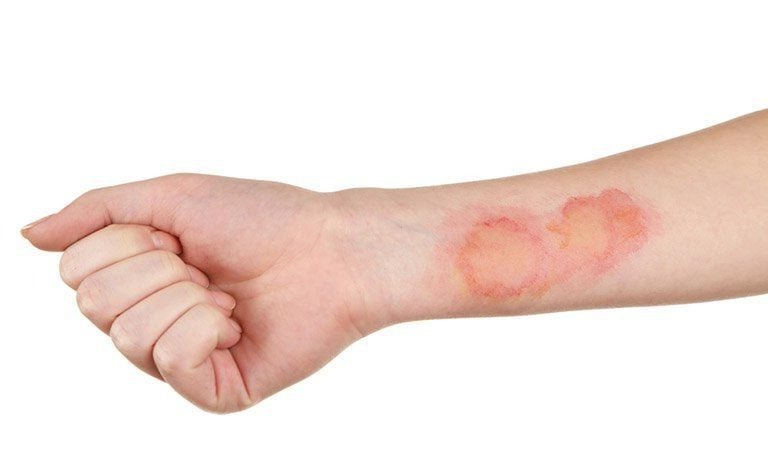 |
| Skin diseases encountered during and after the rainy season include new skin diseases and worsening of existing skin diseases. |
Fungal cracks on the soles of the feet caused by wading through floodwaters like this are a situation that many people in flood-prone areas on the outskirts of Hanoi have been facing for over a week.
Using medicine on their own is a common practice for many people when dealing with skin diseases. Only when they are not cured do they go to the hospital for treatment... That is why, these days, the number of patients with skin problems caused by floods coming to the Central Dermatology Hospital for examination has increased significantly...
According to Dr. Pham Thi Minh Phuong, Head of the Examination Department, Central Dermatology Hospital, the rate of patients has increased relatively, about 30% higher than in the dry season.
As in the case of this patient, from a small round spot on the arm, after days of persistent rain, the fungus quickly spread to half of the arm accompanied by itching and burning... Or even with chronic skin diseases, erratic weather can cause many diseases to recur.
In addition, according to doctors, at this time, people need to pay attention to skin diseases such as fungal skin infections, contact dermatitis, viral skin infections, scabies, etc.
Dr. Vu Thai Ha, Head of the Department of Research and Application of Stem Cell Technology, Central Dermatology Hospital, for skin fungal diseases, people need to pay attention to ensure dryness on the body, legs, arms, clean the skin when possible. Treat with keratolytic and antifungal drugs under the guidance and examination of a dermatologist.
In case of staying in a flooded area for a long time, after escaping from this situation, you need to take a shower with soap or shower gel with slightly acidic properties, dry your body, especially the folds such as between the toes, groin, armpits. If you have the above symptoms, contact the nearest Dermatologist for examination and treatment.
Another skin disease that needs attention after a flood is diseases related to skin infections, such as: impetigo, boils, folliculitis, cellulitis, etc. Due to floods, waterlogging, poor hygiene, skin abrasions, along with the skin's protective barrier being damaged when soaked in water for a long time, creating conditions for bacteria to invade and cause skin infections.
Symptoms include red, hot, painful papules and lumps on the skin, possibly with pus or blisters, and crusting. For treatment, people need to use topical antiseptic/antibiotic solutions, and in severe cases, systemic antibiotics are needed. It is necessary to clean the body as soon as possible and always keep the skin dry if possible.
In addition, people need to pay attention to scabies and lice: poor hygiene and cramped living environments increase the risk of scabies, lice and spread. Scabies is caused by the parasite Sarcoptes scabiei (also known as scabies). Scabies is red spots and blisters in the folds of the hands such as: palms, fingers, armpits, abdomen, genitals... and is very itchy at night.
Scabies is highly contagious, so many people in the same family can get the disease. The disease causes a lot of itching, greatly affecting daily life, and can cause complications such as infection and impetigo.
For treatment, people need to apply DEP solution, antiparasitic, anti-itch medicine. Treatment is needed for all family members. When using medicine, you need to consult a dermatologist, especially when using scabies medicine on a large area, to avoid poisoning the body.
Lice are caused by the lice parasite (Pediculus humanus capitis). They often appear on the scalp, eyebrows, eyelashes and body hair. Some common symptoms include: severe itching, small bites, nits, lice, adult lice. Treatment with insecticidal shampoo/spray, use a specialized comb to remove nits and adult lice from the hair.
After the storm and flood, people need to focus on treating and preventing contact dermatitis. Because flood water often contains chemicals from industries or households such as waste, heavy metals, detergents, and pesticides.
Contact dermatitis occurs when the skin comes into contact with substances in flood water, often occurring in areas of skin that are in direct contact with water such as feet, hands, etc. with symptoms such as red papules, possibly blisters, swelling causing itching, burning and discomfort for the patient.
The habit of using disinfectants and cleaning agents frequently after storms also increases the risk of contact dermatitis in people with pre-existing allergies.
Therefore, the treatment for this disease is to use topical medications and oral anti-itch medications. Dr. Vu Thai Ha noted that in the post-flood period, for people with existing skin diseases, the disease will worsen.
Due to storms and floods, people are worried, stressed and change the skin environment as well as the skin barrier condition. Not to mention, the implementation of prescriptions will not be complete and correct, and traveling for regular check-ups will be difficult.
Some diseases get worse due to stress and anxiety, such as psoriasis, seborrheic dermatitis, alopecia areata, atopic dermatitis... Diseases that are not properly prescribed or cannot be re-examined or lack of medication can get worse, such as atopic dermatitis, psoriasis... If you do not pay attention and maintain regular moisturizing, it can also get worse.
Chronic skin diseases that require long-term management include psoriasis, lupus erythematosus, scleroderma, dermatomyositis, and autoimmune bullous skin disease. Therefore, patients should keep a relaxed and optimistic spirit to avoid worsening the disease. They should consult a dermatologist online or in person, depending on the situation.
Skin diseases are usually benign but come with an uncomfortable itching sensation and aesthetic problems. To have the right ways to protect the skin from the risk of disease, people need to take proactive measures to prevent...
According to Dr. Vu Thai Ha, to prevent skin diseases during and after storms, people need to clean their living environment, ensure a clean water supply; minimize contact with dirty water sources and stagnant water sources for a long time; wear protective gear if you have to go to flooded areas; after contact with rain or flood water, rinse with clean water, dry thoroughly, and pay attention to folds such as between fingers, armpits, and groin.
People should also avoid contact with flood water if they have open wounds; wash the wound with soap and clean water; clean and cover the wound with a waterproof bandage to reduce the risk of infection; if the wound is red, swollen or oozing, they should go to the nearest medical facility for treatment; clean the body area and let it dry as soon as possible.
In particular, it is necessary to improve health, have adequate nutrition, and rest properly to have enough resistance to fight against the invasion of disease. When an epidemic occurs, you should immediately go to the nearest medical facility for examination and treatment. It is necessary to closely follow and grasp information on disease prevention and control according to the diagnosis and treatment guidelines and other guidelines of the Ministry of Health.
Source: https://baodautu.vn/phong-chong-benh-ve-da-trong-va-sau-mua-lu-d224998.html


![[Photo] Looking back at the impressive moments of the Vietnamese rescue team in Myanmar](https://vstatic.vietnam.vn/vietnam/resource/IMAGE/2025/4/11/5623ca902a934e19b604c718265249d0)

![[Photo] "Beauties" participate in the parade rehearsal at Bien Hoa airport](https://vstatic.vietnam.vn/vietnam/resource/IMAGE/2025/4/11/155502af3384431e918de0e2e585d13a)



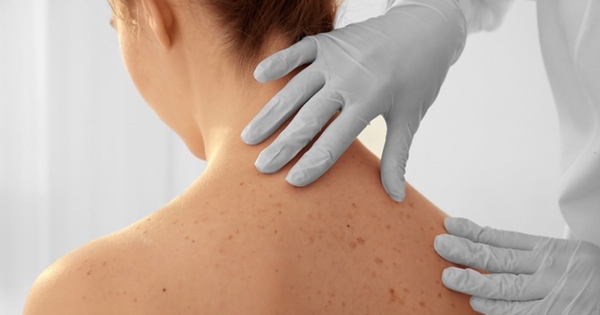

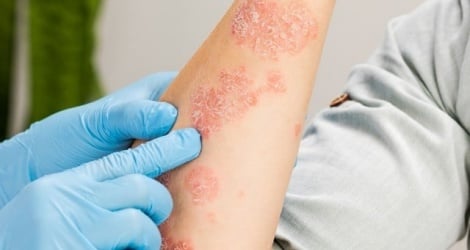
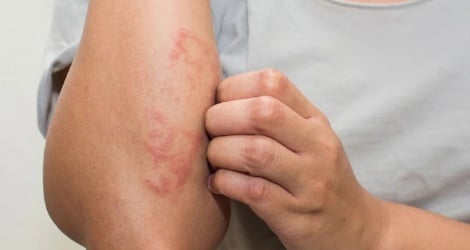
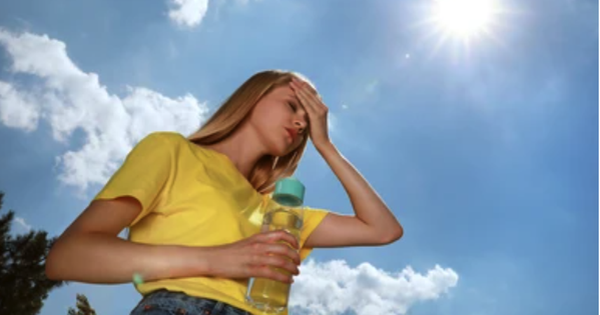

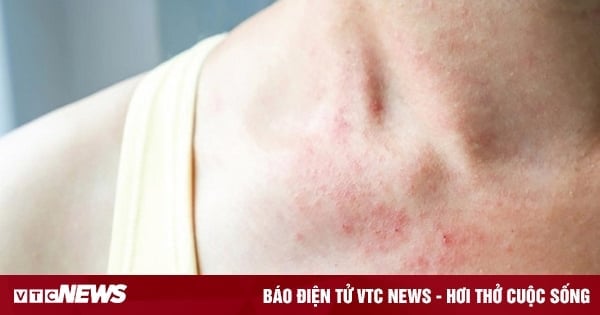

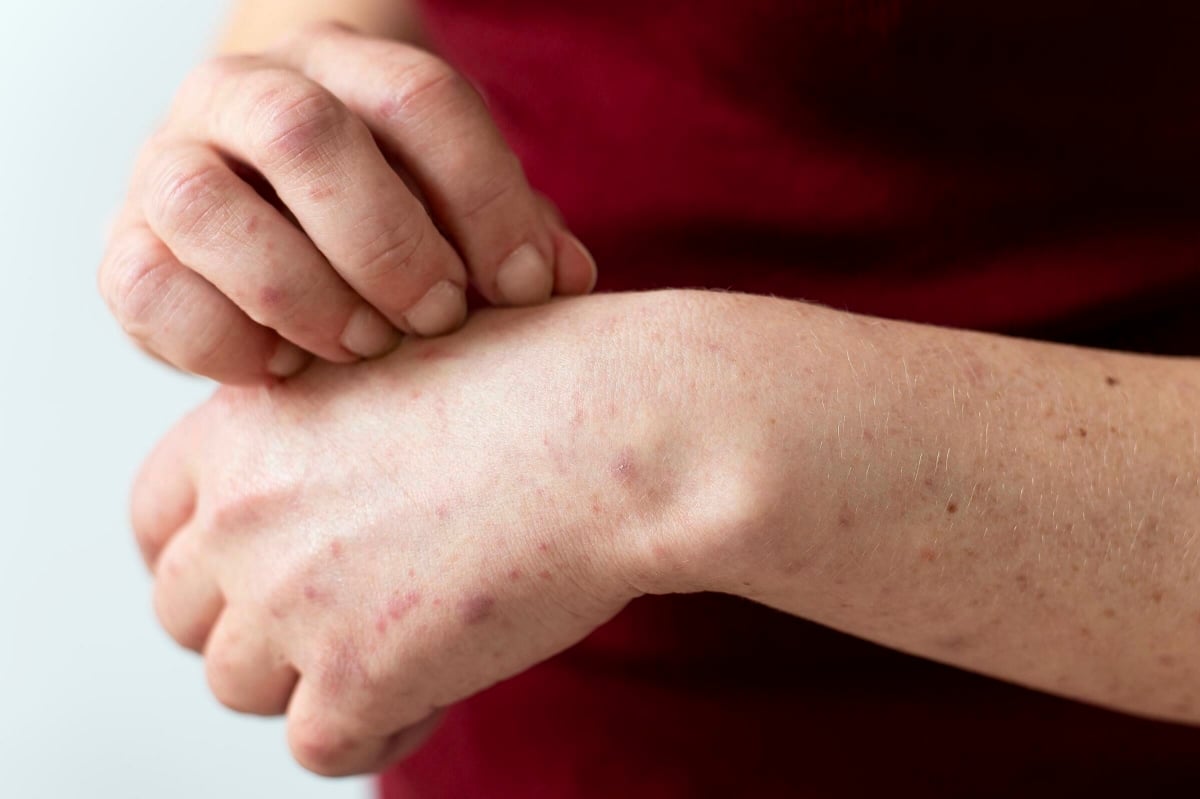






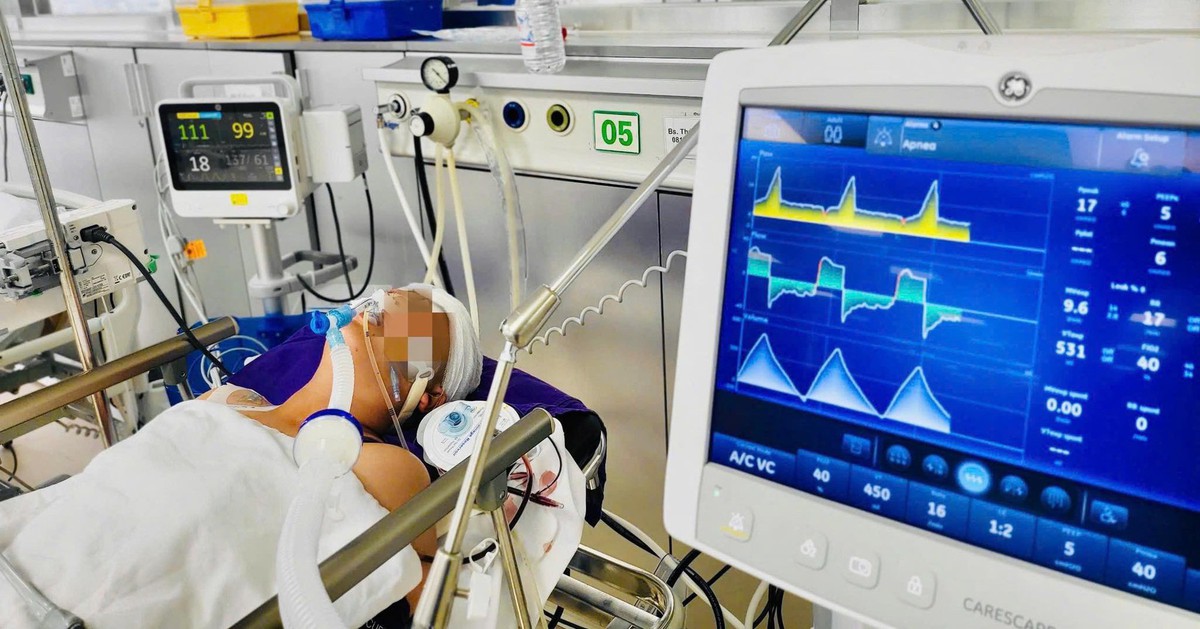









![[Photo] Summary of parade practice in preparation for the April 30th celebration](https://vstatic.vietnam.vn/vietnam/resource/IMAGE/2025/4/11/78cfee0f2cc045b387ff1a4362b5950f)









































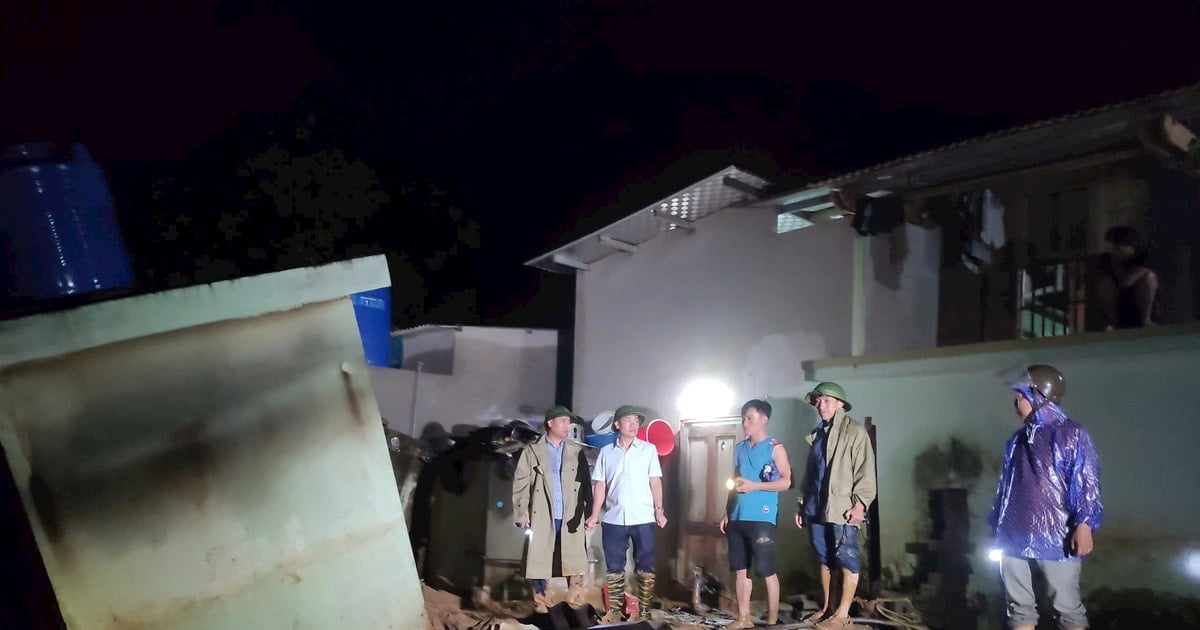




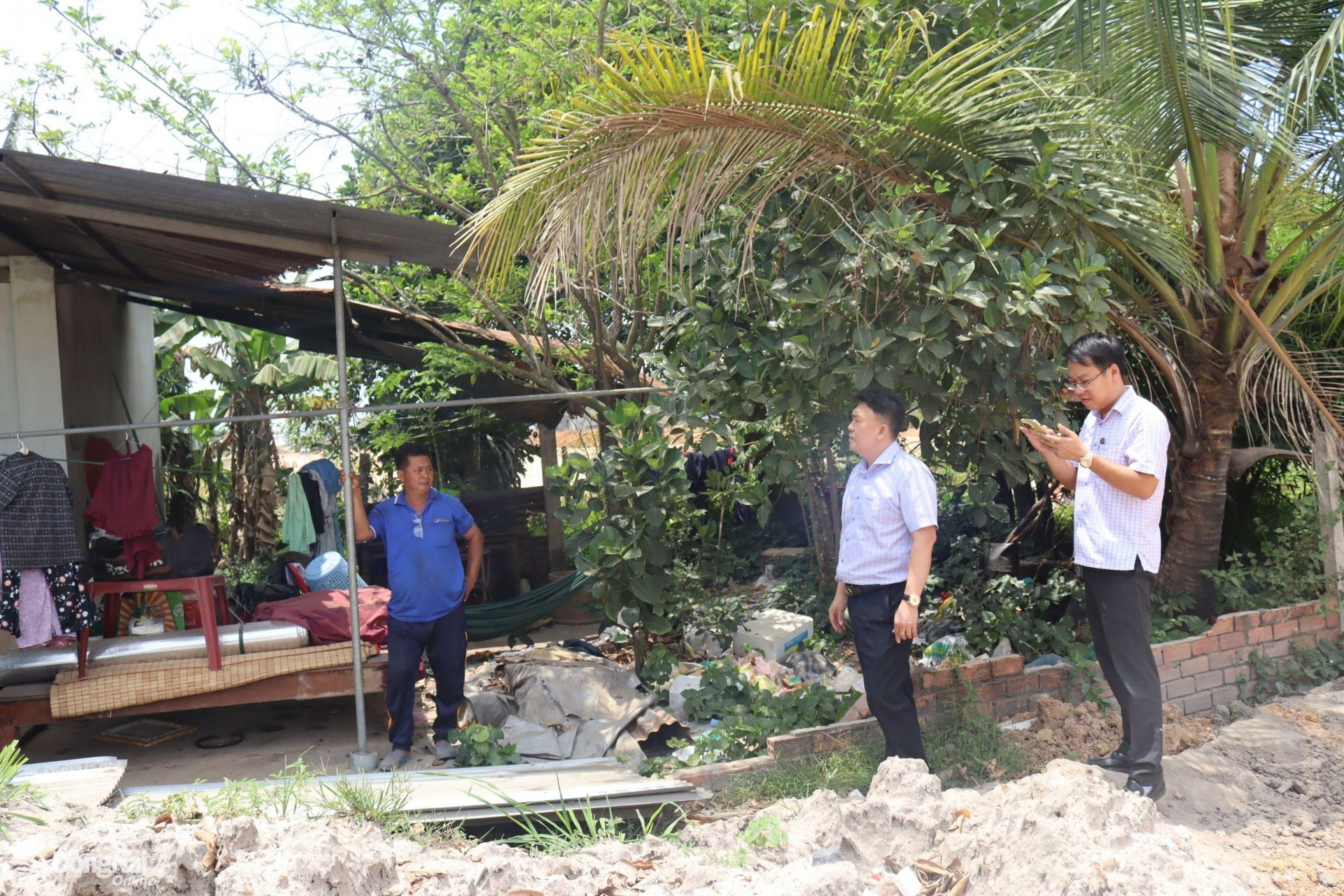















Comment (0)